We are thrilled to announce that we have a grant from the Roundhouse Foundation!


The Roundhouse Foundation, based in Sisters, Oregon, supports “programs that inspire creativity and connect people with each other and their sense of place to ensure sustainability and economic success for Oregon’s rural communities.”
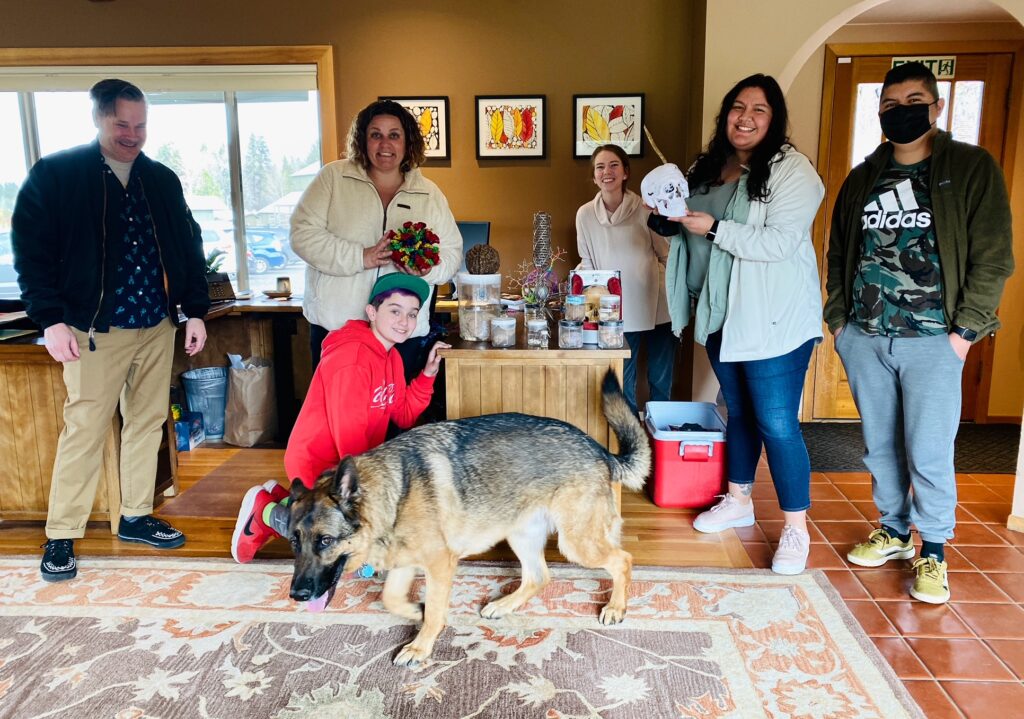
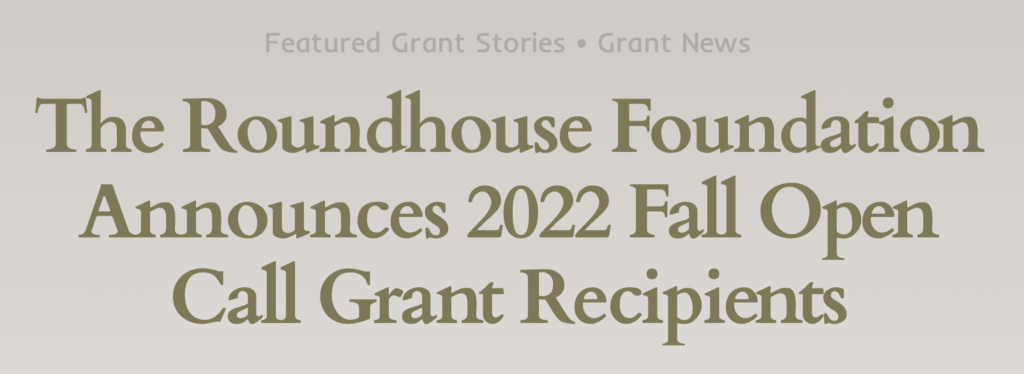
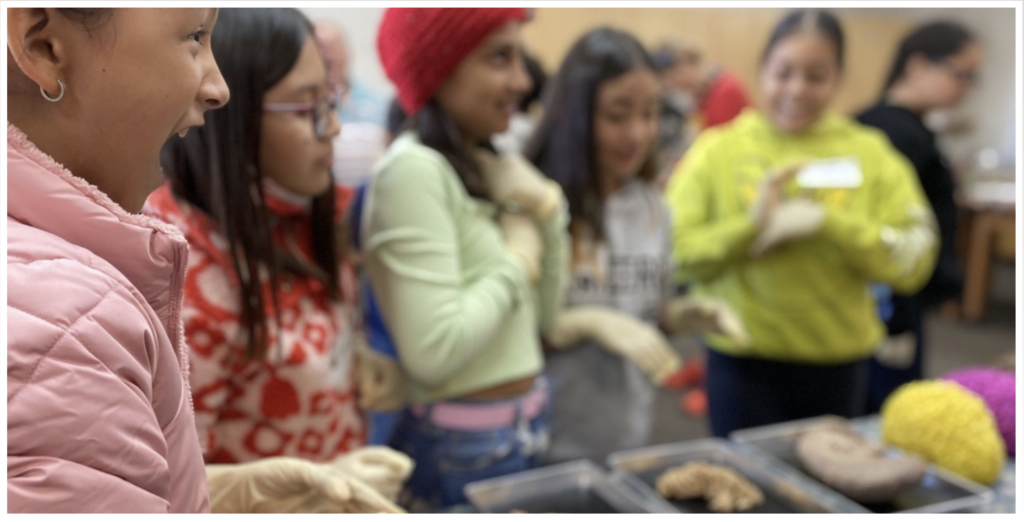

LEARN MORE: Roundhouse Foundation
LEARN MORE: The Roundhouse Foundation Announces 2022 Fall Open Call Grant Recipients
LEARN MORE: Roundhouse Foundation 2022 Fall Open Call Grant Recipients
We’ve been taking our own brains – along with a few extra noggin specimens, and informed and enthusiastic undergraduates and graduate students from Portland State University and OHSU – all over the rural Northwest for years, to Astoria, Warrenton, Seaside, Amity, Willamina, Siletz, Woodburn, Grants Pass, Heppner, Ione, La Grande, Davenport,…

LEARN MORE: Synaptic Community Connections
We’ve volunteered in K-12 classrooms and community spaces, explored brain research and made art, while teachers and other community members have housed us, fed us, laughed and learned with us, and taught us many things. We’ve driven through blizzards, over mountains, past lava flows and forests to a host of extraordinary outreach experiences in the Pacific Northwest.

We’ve also learned that the best outreach is audience-driven, in the community itself.
Going places challenges our own biases, and opens up possibilities for new directions, career opportunities, and greater understanding of the world in which we live. It exposes more people to their own investment in research and education, and makes that public investment palpable, present and real.
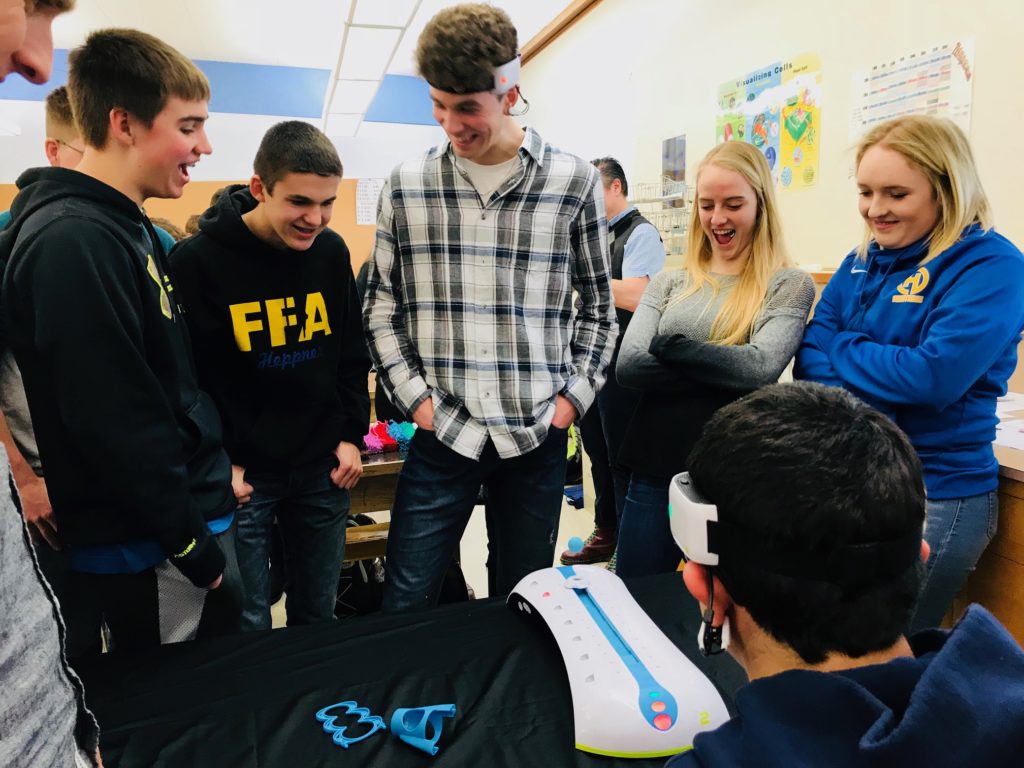
Thanks to Roundhouse and additional collaborators, including the extraordinary federal TRIO Program, we’ll bring more neuroscience undergraduate and graduate research volunteers on the road for three new rural outreach visits in 2023.
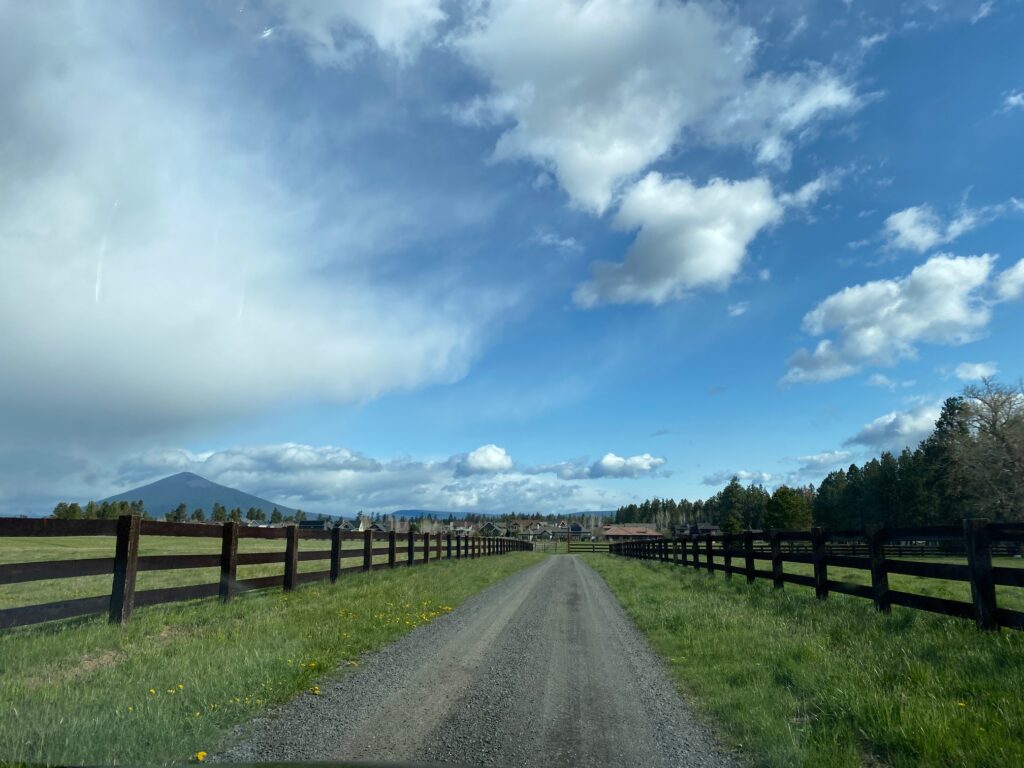
Siletz Animal Noggins: Behavior and Brains from Stories, Songs and Labs
Did you know that Native stories describe language and tool use by Crow? What do the ordeals of Little Raccoon tell us about our own struggles? What makes these tales compelling, memorable, instructive, thrilling, engaging, motivating and fun? What do they tell us about the structure and function of animal brains and behaviors – and our own? Storytelling has a long history, and is a powerful and accepted method of teaching science. Research finds that curricula which include stories result in greater comprehension of material, longer retention of information, and a stronger personal connection between teller and listener. Similarly, music, rhythm and art-making also contribute to academic achievement, retention and brain development, while fostering a stronger sense of community.
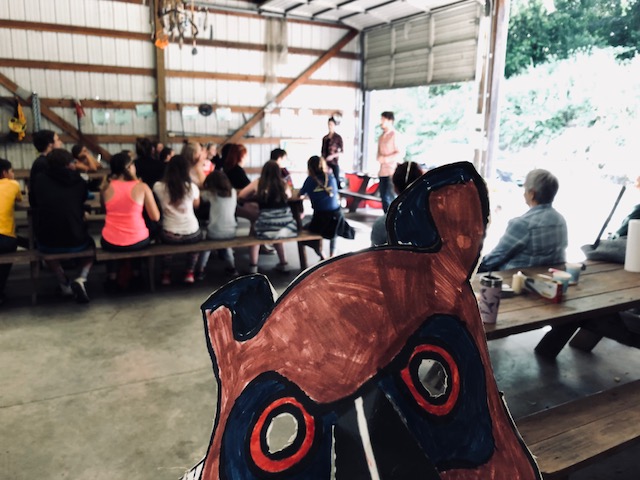
We’ve collaborated successfully with Siletz Valley School on interdisciplinary neuroscience outreach projects in the past, visiting classrooms to discuss the neuroscience of storytelling and song thanks to a 2018 grant from the Spirit Mountain Community Fund. We recently delivered 25 “woodpecker red” 3D printed brains to Siletz teachers and staff. Woodpeckers are important in Siletz culture and we partnered with Shasi Jain at Intel and the Portland 3D Printing Lab to provide customized teaching tools that are compelling and relevant. These visits and donations have had significant, lasting impact; according to a science teacher at Siletz, students advocated for opportunities to hear and play more music, they are more aware of changing circadian cycles in adolescence, and more understanding of diverse developmental experiences and how they are not alone in facing challenges.

With support from Roundhouse, the Portland Alcohol Research Center at OHSU and Siletz Valley School we’ll bring graduate students and undergraduates studying neuroscience from Portland State University, Oregon Health & Science University and the University of Oregon, faculty facilitators, and local Siletz musician Fish Martinez back into classrooms. We will also bring brain specimens (animal and human) and art projects developed in consultation with teachers at Siletz. Before our visit, we’ll contribute to lesson plans focusing on culturally significant animals (including Salmon, Woodpecker, Eel, Elk, Deer, Dragonfly, Porcupine, Bear, Cougar, Octopus and Coyote) and the community and brain benefits of drumming and music, integrated with the new Siletz Tribal History/Shared History curriculum. During the visit, we’ll engage in storytelling, art making, musical performance and discussion with students over several days.
LEARN MORE: Until the story takes shape
LEARN MORE: Siletz Stories, Singing, Dancing & Brains!
LEARN MORE: Animal Brains & Stories in Siletz!
Astoria – Signal from Noise: Surrounded by Waves in the Pacific Northwest
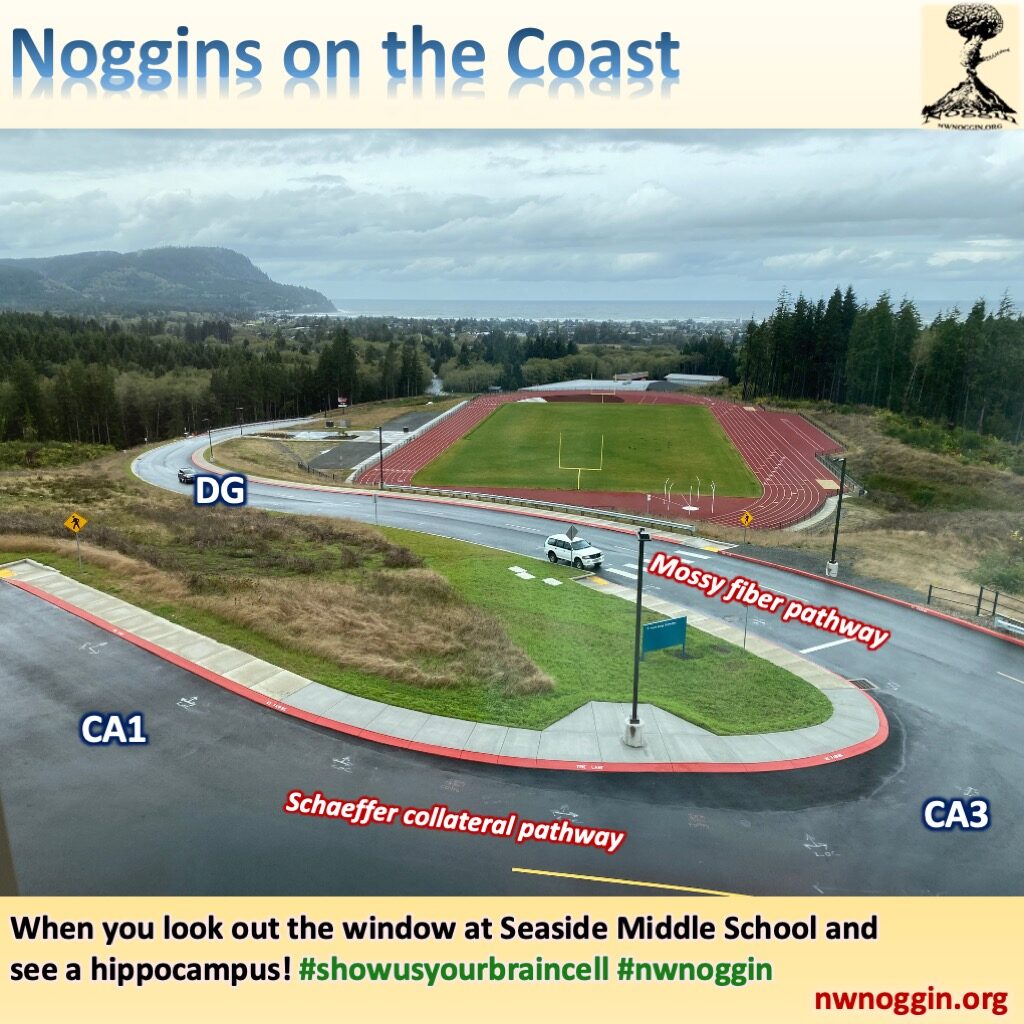
Energy travels in waves, and we are immersed in energetic waves, in air, in water and in electromagnetism. There is information in complex, changing waves – including critical details of weather, language, and our own perception, cognition and behavior in health and disease. The Northwest is home to people who understand waves, who make a living attending to wave energy, to safely navigate Pacific and Columbia River shipping routes, to compel and engage us with music, to discover neural activity linked to our individualized perceptions, and to determine where seizures originate in the brain. What are waves? What is information? How do we extract, using our noggins, our developmental experience and our technology, the personally relevant signals we seek from surrounding noise? Within this framework, we plan to host a presentation at the Fort George Brewery featuring OHSU grad students conducting NIH-funded research using electrophysiological techniques, Mark Hails, a Columbia River bar pilot, local musicians and Tom Hernandez, a clinician specializing in EKG from Columbia Memorial Hospital.
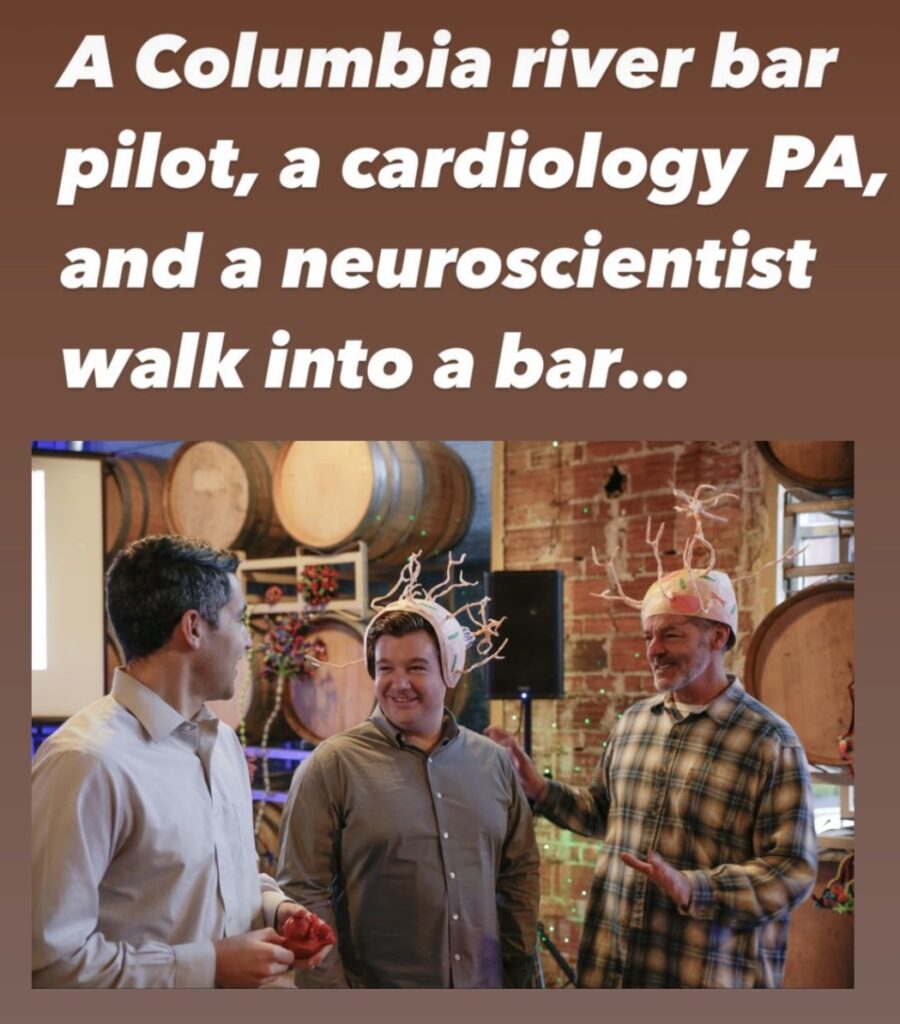
WE DID IT: Signal from Noise on the Oregon Coast
We will follow this up with collaborative NW Noggin outreach visits to Astoria, Warrenton and Knappa Public Schools. We’ll contribute ten graduate and undergraduate volunteers in collaboration with the federal TRIO program, which is organizing housing and meals, the Columbia River Bar Pilots, Columbia Memorial Hospital, Knappa and Astoria Public Schools and the Fort George Brewery.
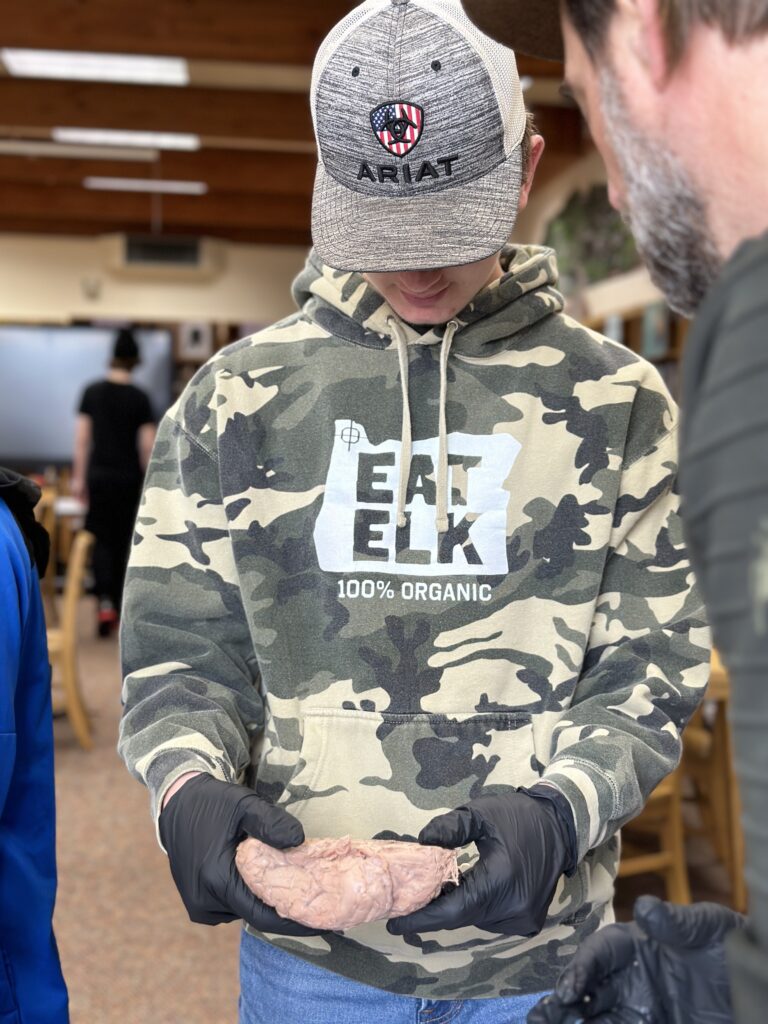
LEARN MORE: Threshold through TRIO
LEARN MORE: Viking, Shark, Fishermen & Bandit Brains!
LEARN MORE: Clatsop Community Cortex
LEARN MORE: North Coast Noggins: Art, Alevins & Brains!
LEARN MORE: Accumbens in Astoria
Sisters, Oregon
A visit to Sisters Middle School was on our calendar last summer, but circumstances canceled it at the last minute. We’ll bring volunteers to Sisters-area schools during the spring of 2023 to make up for this postponement.
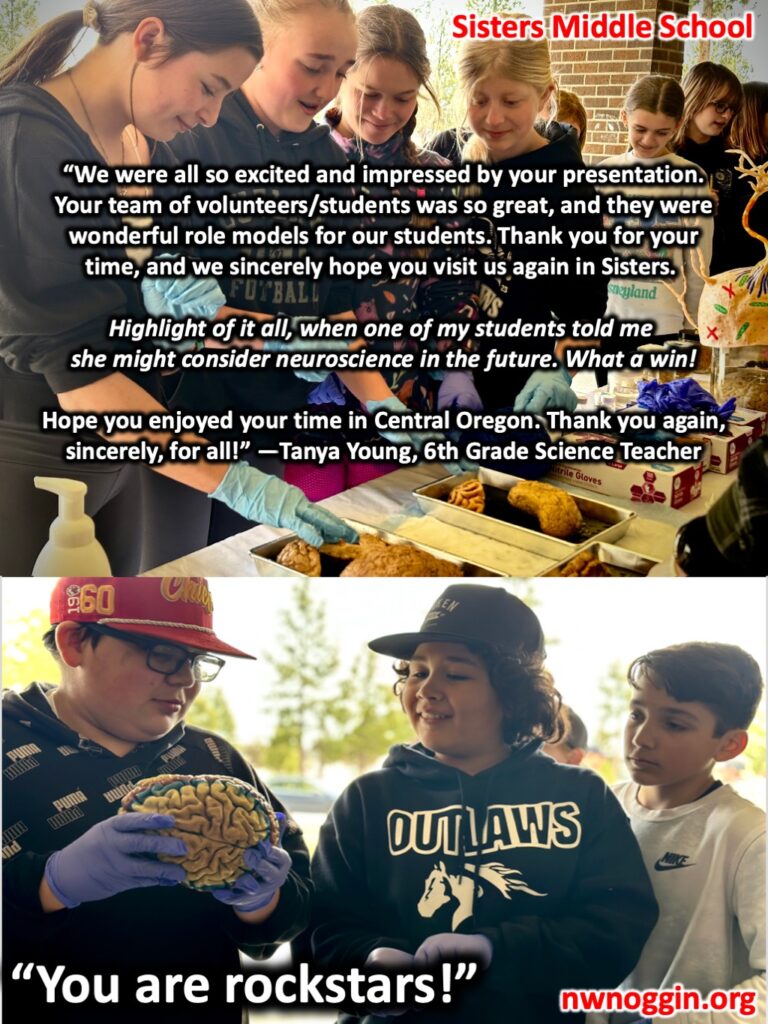
WE DID IT: Synapses and Seconds in Sisters
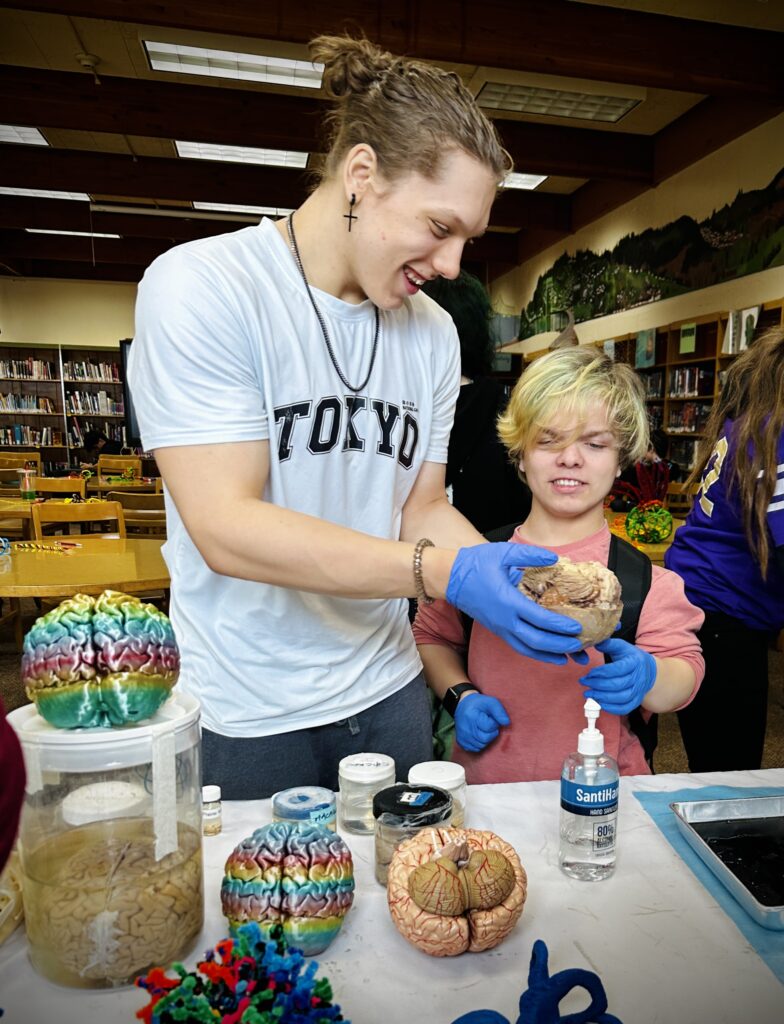
Once again we are thrilled to have resources to help make these proposals a reality. Thank you Roundhouse for your welcome support!


